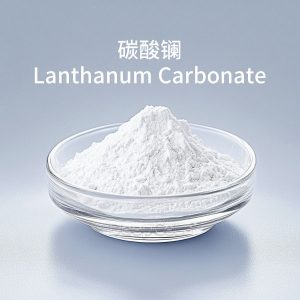Acetone eu is an important eu complex, which has a wide range of application value in many fields because of its unique optical and chemical properties, especially in optical materials.
Chemical properties
- Solubility: Soluble in organic solvents such as ether, benzene, chloroform, etc., and has a certain solubility in water, but relatively small.
- Thermal stability: relatively stable at lower temperatures, it begins to decompose when the temperature is raised to a certain extent (about 180 – 200℃).
- Oxidizing power: Generally, it has a stable chemical nature, but it may show a certain oxidizing power under specific conditions.
- Acid-Base Properties: It may exhibit a certain酸碱性 in solution, which is related to its dissociation in aqueous solution.
Application fields
Optical field
- Luminous materials: Eu3+ ions have unique fluorescence emission characteristics, and acetylacetone Eu3+ can be used as efficient luminous materials, which can be used in fluorescence labeling, fluorescence probes, lighting and display technology and other fields, such as the preparation of red fluorescence powder.
- Laser materials: Can be used to manufacture laser crystals and laser media, which generate lasers of specific wavelengths through stimulated radiation, and are applied in laser processing, laser communication, laser medicine and other fields.
Catalysis field
- Catalyst: Participate in certain chemical reactions as a catalyst, such as organic synthesis reactions, catalytic hydrogenation, etc., by taking advantage of its special electronic structure and coordination environment, to improve the reaction rate and selectivity.
Materials science field
- Ceramic materials: Can be used to prepare high-performance ceramic materials, improve the optical, electrical and thermal properties of ceramics, such as increasing the transparency, conductivity and high-temperature resistance of ceramics, etc.
- Film material: It can be prepared into film materials, which are applied to electronic devices, optical films, sensors and other fields, and have good adhesion and stability.



